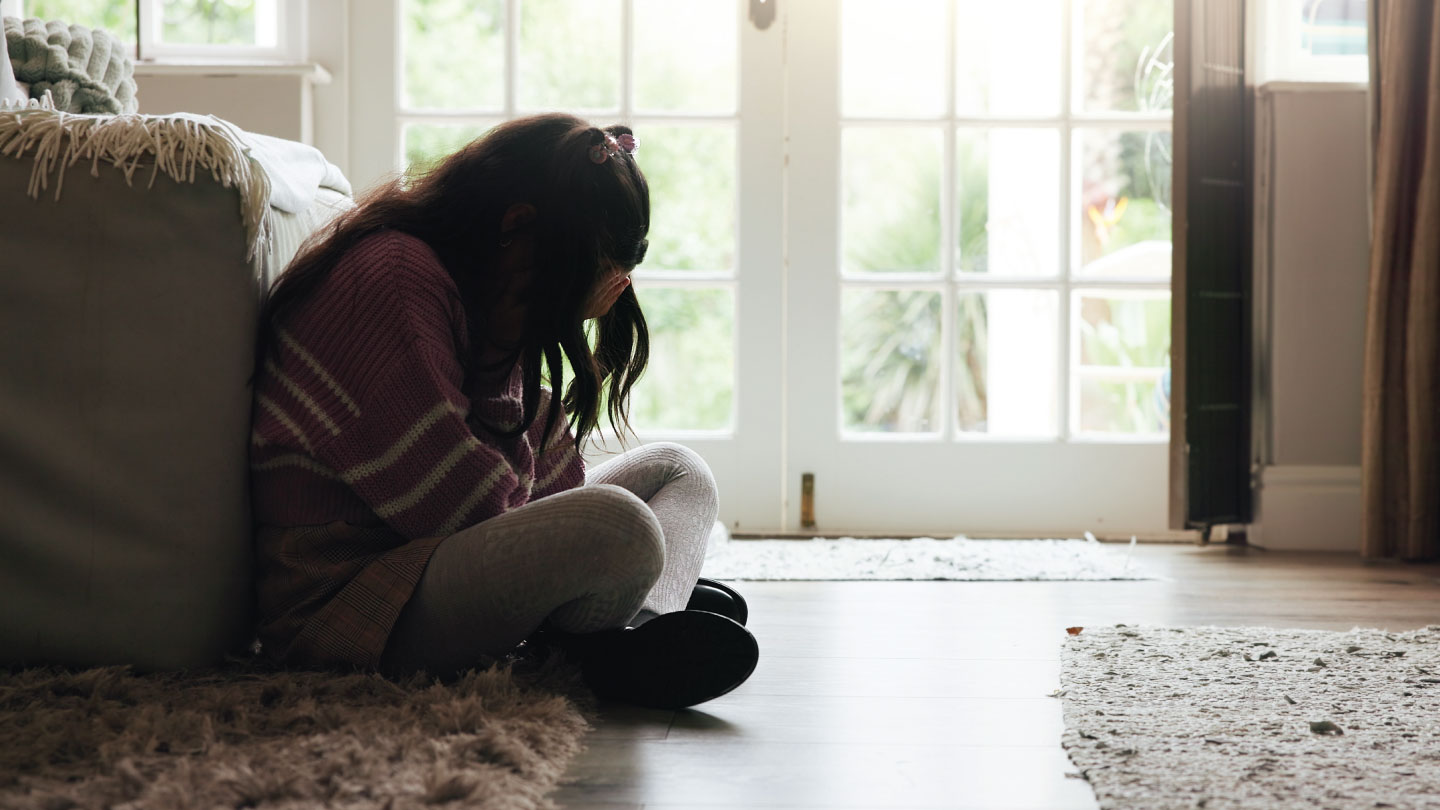Mental Health
Does Your Child Have Separation Anxiety?
Separation Anxiety is a common phenomenon in young children, but it can leave you feeling torn between your emotions. While it feels great to be wanted by your child, it can also be distressing if it interferes with daily life. Here are the signs to watch for and ways to deal with separation anxiety.

Saying goodbye to a loved one never gets easier, and the idea of separation from a caregiving figure can be especially daunting for children. "Separation Anxiety is a normal stage in the development of a child, associated with object permanence. It refers to excessive fear about separation from a primary attachment figure", says Dr. Shreya Chakravarty, psychologist at Apollo Hospitals, Jubilee Hills, Hyderabad.
While some levels of separation anxiety are usual and can be healthy, especially in children aged between 6 to 18 months, an intense and prolonged manifestation of separation anxiety in later childhood that hinders daily activities for both child and parents can be a sign of something more serious, known as Separation Anxiety Disorder (SAD). "Though separation anxiety helps children understand and to become proficient about their environment, it’s a disorder when its manifestation results in developmentally inappropriate, persistent, and excessive anxiety", she continues. A 2016 article published in ScienceDirect presents that a certain level of separation anxiety that is healthy occurs in all children to varying degrees between infancy and age 6, and by contrast, about 4 per cent of children will experience separation anxiety disorder at some point with separation worries that are extreme and overwhelming for even brief separations, commonly appearing in kids of elementary school age.
Related Story: I was Worried my Child Would Inherit my Anxiety—What Happened Next was Surprising to Say the Least
Some Signs of Separation Anxiety
Babies, lacking a proper grasp on the concept of time, believe that if their caregiver is out of their sight, they have disappeared permanently. Separation anxiety usually ends by the time your child is 3 years of age. Associated with the development of object permanence, it can be a normal part of their growth. Here are some signs of separation anxiety in infants and toddlers.
- "Manifestation of separation anxiety can look like refusal to sleep alone, repeated nightmares, and reluctance to be alone", says Dr. Chakravarty.
- Refusal to go to school can be a common sign.
- "Being clingy and excessive crying in the absence of a primary attachment person can be seen in children with separation anxiety", suggests Dr. Chakravarty.
- Physical ailments such as stomach ache, headache, and vomiting can also be intense separation anxiety signs in your child.
- Temper tantrums and excessive worry or fear about losing a parent can be some other signs.
Ways of Managing Separation Anxiety
While a mental health professional needs to evaluate, diagnose, and decide on appropriate treatment for Separation Anxiety Disorder, there are some ways to help your child cope better with usual separation anxiety.
1. Be patient and understanding: "Early preparation involves planning and preparing children before separation by reassuring them", says Dr. Chakravarty. "Pay attention and react with understanding towards the anxiety. Do not scold or tease or make fun."
2. Create a ritual: Formulate a goodbye ritual that is brief but positive, and be consistent with it. Do not linger too long, but give them adequate attention during your farewell. Says Dr. Chakravarty, "Give necessary attention and create a sense of security in the child while preparing for separation."
3. Be mindful of the when and how: "Schedule the absence of the primary attachment person after nap or mealtime. Make sure that separation is not sudden (for example, a sudden disappearance of the mother from child's sight while talking over phone)", Dr. Chakravarty advises.
4. Plan separation activities: One way of managing separation anxiety in children is to plan and practise short, playful separation activities such as games of hide and seek.
5. Seek professional help: Take the help of an expert if you feel that your child's anxiety is not usual and cannot be easily managed at home.
Related Story: 6 Ways To Help Your Child Develop Healthy Eating Habits
EXPLORE MORE
AI saves time, but it’s quietly draining our attention and our ability to think critically. Here’s how to regain focus without unplugging from modern life.
Every child worries as they grow up. But when anxiety starts shaping their behaviour, body, and confidence, parents need to pause and look closer. A psychologist explains how to spot the difference early.
Unloading your frustration can feel cathartic, but repeated venting may do more harm than good when it comes to emotional regulation.
Here’s a simple guide to different therapy styles and how to choose the one that fits your mind, mood, and moment.






.jpg)

.jpg)

